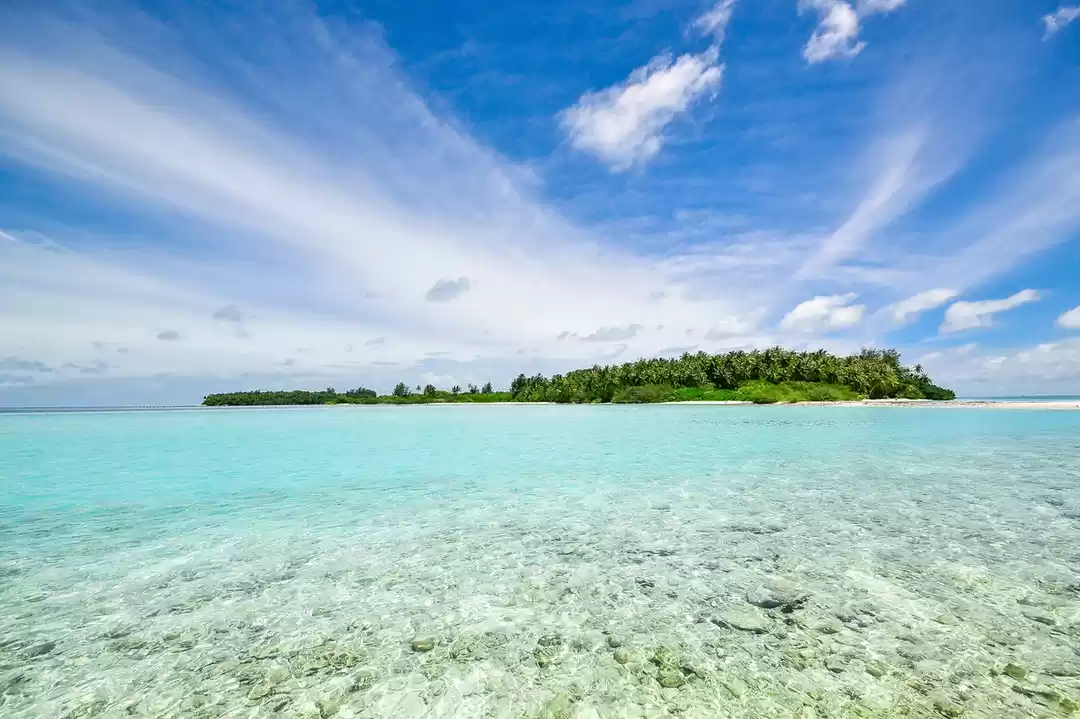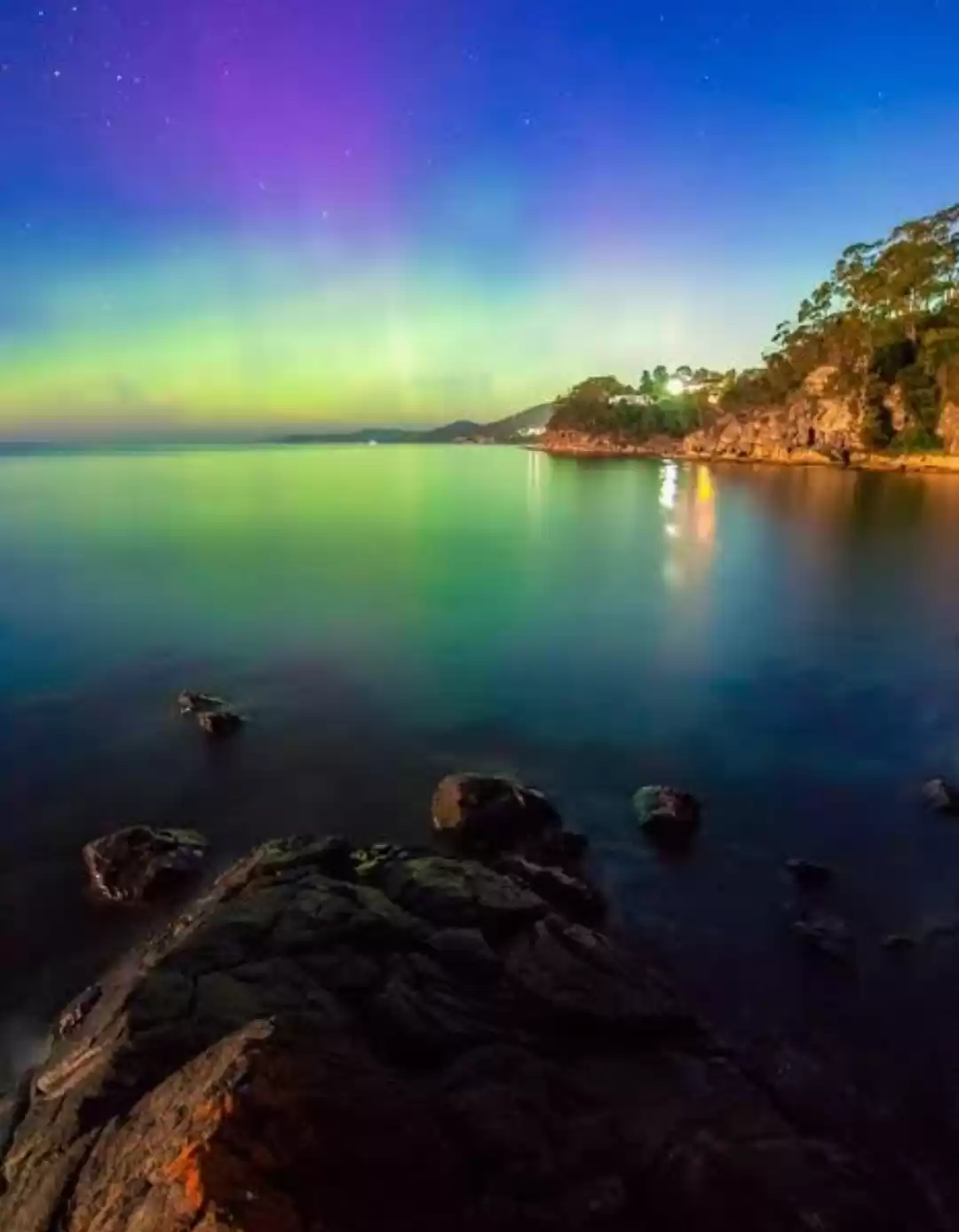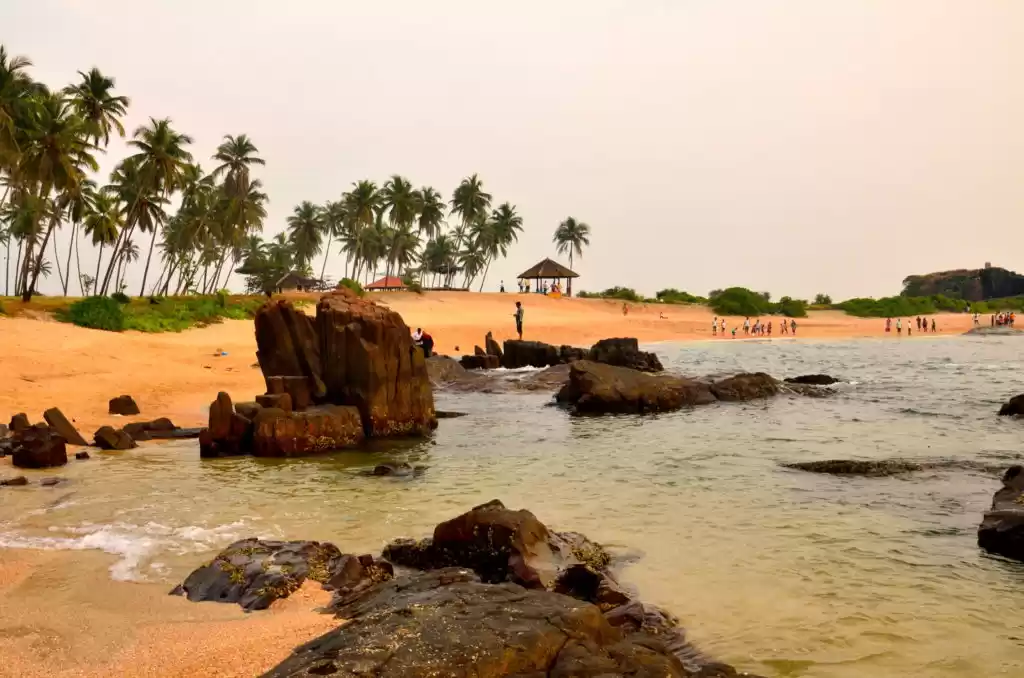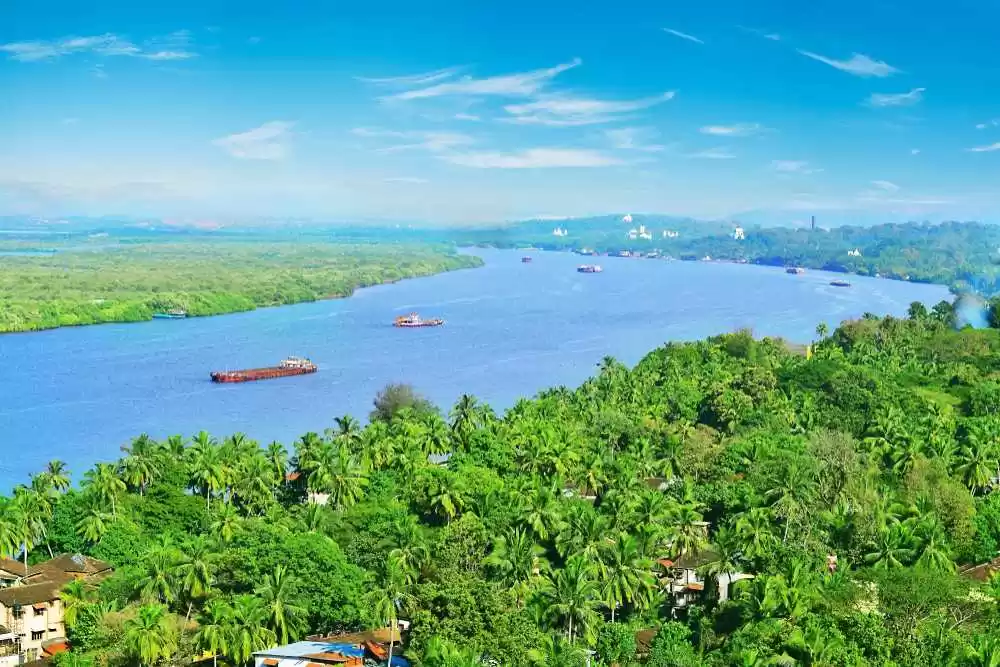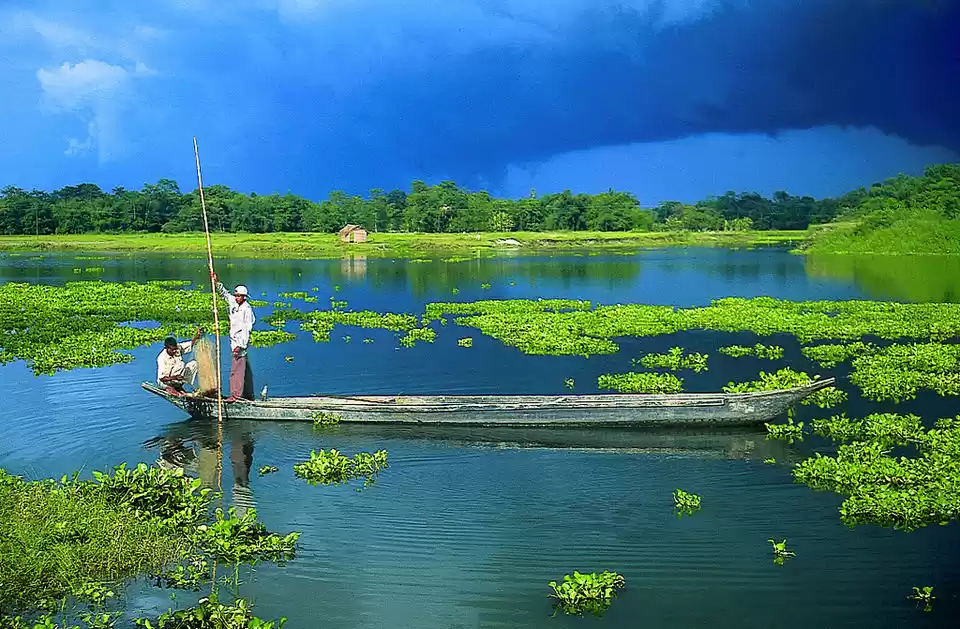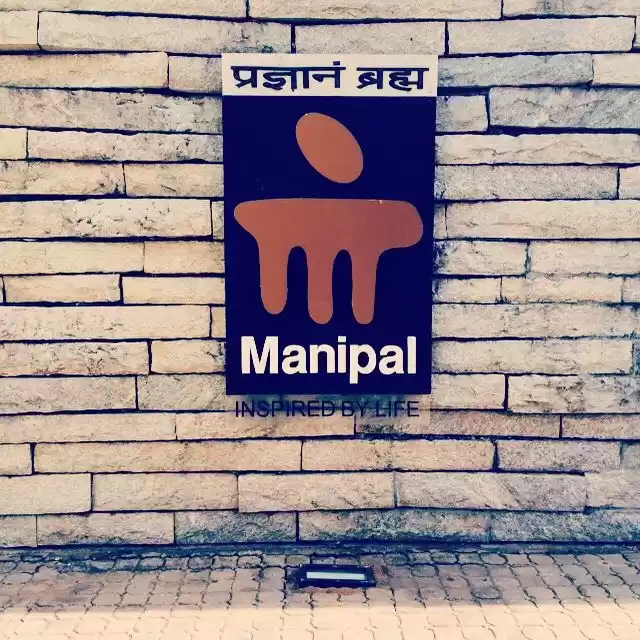The Indian subcontinent has been blessed by nature in every possible way. From the most stunning coastline to the Himalayan mountain ranges and the ecosystem of the Western Ghats, India is home to many wonderful natural phenomenons.
Despite being a popular beach destination, there are some islands in the Indian mainland (excluding Andaman and Nicobar) which have remain hidden from the popular eye (for the right reasons). But for the curious traveller, these hidden islands might be just what they were looking for.
1. St. Mary's Island, Karnataka
You can experience a little bit of Iceland in this hidden and cozy island in the Arabian Sea. A short distance from the Malpe coast of Udupi, Karnataka, is the unique island called St. Mary's. The stunning phenomena of basaltic lava taking columnar formation is a sight to behold. Scientific studies indicate that the basalt of the St. Mary's Islands was formed by sub-aerial subvolcanic activity, because at that time Madagascar was attached to India. The rifting of Madagascar took place around 88 million years ago.
The island gets more interesting. Historians believe that this is where Vasco de Gama landed for the first time, and named it after Mother Mary. St Mary's Island is also one of the 26 geological monuments of India.
How to reach: Ferry service from Malpe fishing harbor. Malpe is 60 km from Udupi.

2. Kavvayi, Kerala
Kavvayi is a small island in the largest backwaters of North Kerala, Kavvayi Kayal. The island holds vast history in its small area. Several global travellers such as Marco Polo, Ibn Battuta and even Adbul Fida have written about Kavvayi in their travels. This hidden place was also of great relevance to the British East India Company, as this land of zamindars hosted a large port and was home to the magistrate court.
The wetland of 37 square kilometre makes Kavvayi the largest ecosystem of North Kerala. Valiyaparamba Island is also on the same backwaters and is only 5 km from the Kavvayi island.
How to reach: Either use ferry from the mainland or cross through the Mavila Kadappuram Bridge. Nearest railway station is Cheruvathur, on the Kozhikode-Mangalore route.

3. Divar Island, Goa
The island of Divar lies in the Mandovi river in Goa. The rather huge island is home to some fascinating people and cultures. The island in itself has four villages which are diverse and fascinating in their practices. Its relative isolation has kept Divar in a unique state, which appears to be stuck in time. According to folktales, Divar was originally occupied by people of Old Goa who migrated here to escape a disastrous plague, which spread across Goa at that time.
Every year Divar is decorated with lights to celebrate three festivals – two of them being Bonderam and Potekar. Bonderam is a carnival that takes place on every fourth Saturday of August, when each part of the village takes out their floats for the parade. Potekar, like Halloween, is celebrated three days before Lent and is a spectacle where locals roam around wearing handmade masks and bells!
How to reach: Ferry from Ribandar and Old Goa. The island is about 10 km upriver from Panjim.

4. Srirangapatna, Karnataka
Having one of the three holiest shrines for Vaishnavites, it is entirely possible that you are already aware about Srirangapatna. This island on Kaveri river has been the home ground of some massive political and historical changes. Before Tipu Sultan came, this island was under the glorious Vijyanagar Empire, but it was the Pallavas of the Ganga Dynasty who initiated the construction of the Ranganathaswamy temple. Srirangapatna then went on to become the de facto capital under Tipu Sultan's reign.
There are several Indo-Muslim buildings and temples that can be of interest. But it is the very small memorial stone, which marks an important turn in history. Srirangapatna was where Tipu Sultan died, and that very spot is now marked with a tombstone.
How to reach: Taxi/bus/trains are available from Mysore. You can even take direct taxis from Bengaluru, which is 150 km away.

5. São Jacinto, Goa
In 1972, the people of Sao Jacinto decided to never lease out their land to commercialisation and hotel constructions of any kind. This decision taken over 40 years ago has now given Sao Jacinto a preserved natural habitat that we can only imagine. The only two structures (except old houses) here are St. Hyacinthi Cathedral and an abandoned Portuguese lighthouse.
A bridge called Silver Gate Bridge connects the tiny island to the nearest mainland. There is also an underwater tunnel that can be reached through Siridao beach.
How to reach: You can stop here on the way to Dabolim Airport. It is about 5 kms from Bogmalo.

6. Hope Island, Andhra Pradesh
Hope Island is a 200 year old formation which was made by the sand drifting from a tributary of the Godavari River. This really small island is a tadpole shaped marvel, which protects the Kakinada harbour and city from several cyclones that Bay of Bengal throws its way. It is because of Hope Island that Kakinada has become the safest natural harbour in east India.
Currently Hope Island inhabits only a few government buildings and fisherman shacks. The northern tip of it is called Godavari Point, which overlooks Bay of Kakinada and the Kakinada harbour.
How to reach: Ferry from Kakinada Port. The city of Kakinada is the closest city to the island.

7. Bet Dwarka, Gujarat
The island of Bet Dwarka is considered to be a part of the ancient city of Dvaraka mentioned in the epic of Mahabharata. If you are not a believer in mythology then Bet Dwarka also has evidences of being a prime trade route between ancient Rome and India. The existence of settlements on this island dates back to the Harappan period of the Indus Valley civilisation.
Except many religious sites, Bet Dwarka is surrounded by scenic beaches. The southernmost point is called Dunny Point, which is surrounded by sea on all three sides.
How to reach: You can easily take a ferry from Okha. Nearest city from Okha is Jamnagar.

8. Quibble Island, Tamil Nadu
In the salty lagoon of Adyar River lie four tiny islands, the largest of them being Quibble Island. Long time ago in 1746, a battle was fought between French-led Indian soldiers and Nawab forces in the shallows of Quibble Island. This led to the formation of the well known cemetery on the island.
Despite being in close proximity to Chennai and crowded neighbourhoods, Quibble Island remains an undetected gem.
How to reach: You can reach Adyar by road and then take a ferry to Quibble Island. The nearest railway station is Guindy Railway Station.

















